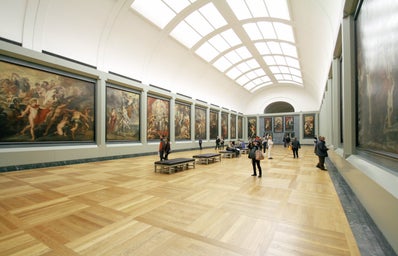If you were asked to name the primary colors (subtractive), you’d most likely name red, blue and yellow. Well, I’m here to tell you that you’re wrong and that all you‘ve been taught about the color theory has been a complete and utter lie.
The true primary colors are cyan, magenta, and yellow. These colors can be used to create red, blue and green.
Photo Credit: John Muirlaws
In fact, blue and yellow don’t actually produce a true green hue—it’s cyan and yellow that produce it. If you’re in doubt, take a quick look at the ink your printer is using. I’ll wait. Primary colors are defined as colors that cannot be created by mixing any other pigments, yet CMY can be used to create red and blue as well. Cyan and magenta produce blue. Magenta and yellow produce red. So, why are we taught RYB as our primary colors?
My guess would be convenience and tradition. Like with many other things integrated into our society, people don’t welcome change. We stick with what we know, and anything that threatens it would come off as uncomfortable. Red and blue are colors that children know well, and these colors can be mixed to create a variety of hues, so instead of evolving and changing the art curriculum, we’re taking the easy route and using a simplified version of the primary colors.
I personally feel like this mentality is harmful, and going about this route enables the education system to bypass other updates. The more widely scientifically accepted color theory is not difficult to grasp, and children should be given the right resources, rather than taught old models for tradition’s sake. Now, when it comes to additive primary colors, it turns out they’re red, green, and yellow. But that’s a story for another day.
Want to keep up with HCBU? Make sure to like us on Facebook, follow us on Instagram, check out our Pinterest board, and read our latest Tweets!



